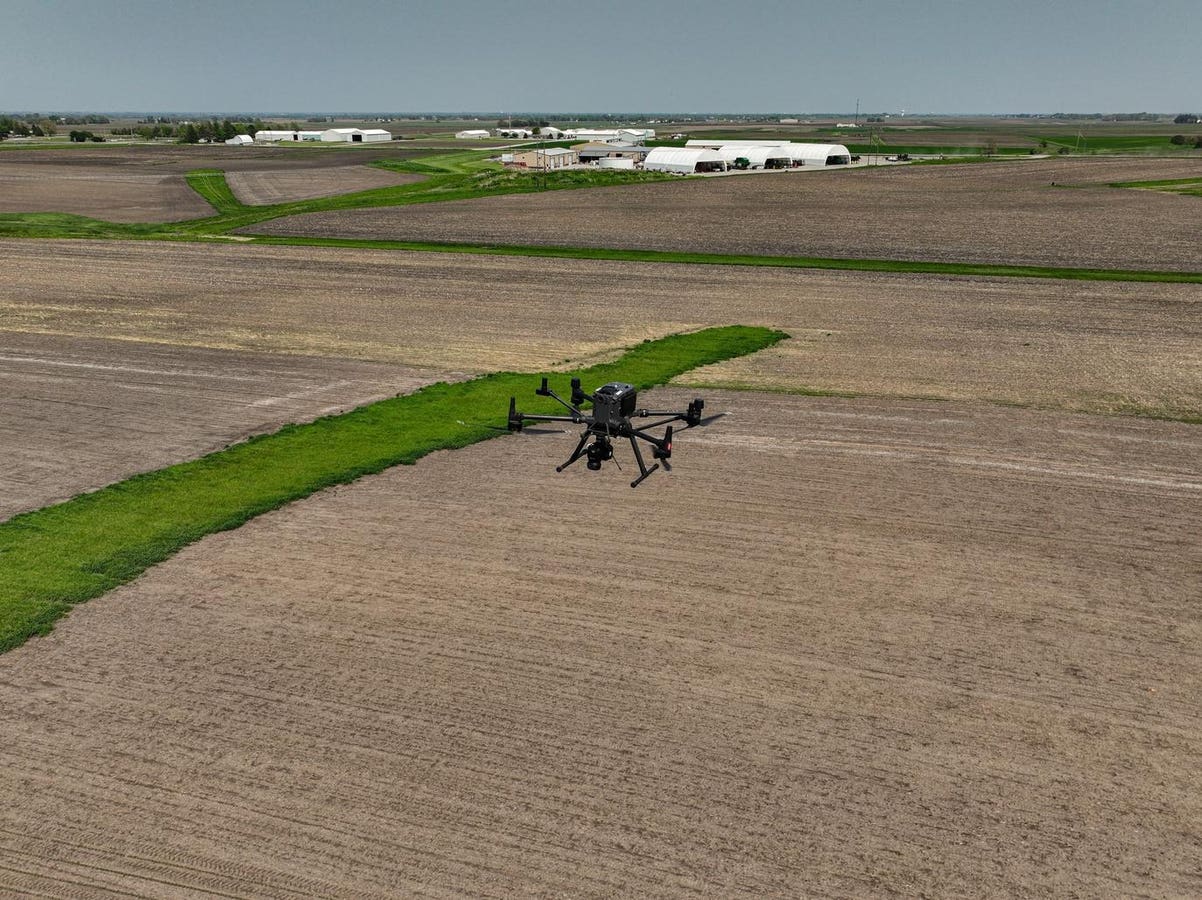Drones have a growing range of useful applications, but there has been a lot of attention given to their increasing role in modern warfare. We can hope that individual military conflicts will come to an end, but there is one form of warfare that will probably never cease – the “war on weeds.” Drone-based technology is also being employed in that arena.
It has been famously said that a weed is just “a plant whose use have yet to be identified.” In fact there are certain intrinsically “weedy” species of plants which make a huge number of seeds, are really good and spreading into new territory, and which can establish a “seed bank” which insures that they will re-emerge year after year even if the weather or a farmer’s efforts suppress them in any given growing season. Weeds have also been a challenge for humanity from the earliest days of farming.
For most of human history the principle means of controlling weeds on farms has been through mechanical tillage of the soil with tools evolving from the hoe to the plow to the cultivator. Unfortunately, the process of tillage degrades soil health over time and leads to phenomena like the Dust Bowl of the early 20th century. Chemical herbicides (particularly in combination with herbicide tolerant crops) have enabled more and more modern farmers to protect and improve their soils by using “no-till” and “strip-till” farming methods. For many crops and regions those minimum tillage systems are a foundational component of “Regenerative Agriculture” which is becoming the “gold standard” for environmentally-friendly and climate-smart crop production.
Unfortunately, weeds are very good at evolving their way around almost any technology used to suppress them. Herbicide tolerant weeds are a growing problem in modern agriculture, and it is extraordinarily difficult and expensive to discover and develop new herbicides with new modes of action to overcome that resistance.
When a new invasive weed species or one that is herbicide tolerant first arrives in a given field, the farmer needs to know that it has arrived and eliminate it before it manages to “set seed” and become an entrenched problem. Farmers can go out and physically “scout” their fields for these invaders, but that isn’t really feasible at the necessary level of detail on the scale of modern farming. However, “intelligence gathering” about the weed status of a field is a perfect fit for a drone-based imaging, and that function is being taken to a new level of precision by a company called Sentera.
Sentera was founded in 2014 by Eric Taipale, who now serves as the company’s chief technology officer. The business most recently raised significant capital via a Series C round expansion in 2023. The goal of founders was to find agriculture applications for some of the ultra-high resolution camera technology they had worked with in other areas. The technology they developed was a device that is light enough to transport on a small standard drone, but which includes 5 cameras, each of which detects a different wavelength of light. The system self-calibrates for the solar conditions during use. This unit can be flown over agricultural fields covering 260 acres or more per hour and capturing images down to a ¼inch resolution at the rate of 5 frames per second.
Sentera developed an extensive database connecting this kind of image with information about the weeds and other plants that are found in fields. That data was used to build a system that enables weeds to be identified to the species level even as young seedlings and map their exact location in a field. That data can then be used to develop a prescription for precision spray equipment which can then apply a set of specific herbicides with each one only used on the parts of the field where it is needed.
The total amount of herbicide needed can be reduced by up to 70%. That savings makes it possible to include products that might be too expensive or represent a risk of off-site drift if they were applied as a blanket spray across the field.
This technology will not only save farmers money, but it will also help to maintain optimal regenerative practices such as continuous no-till.
Read the full article here





